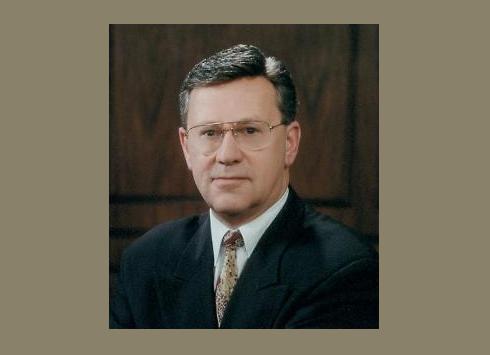In Terms Of ROI: What Do We Know About Continuity Vs. Flighting? - Bill Harvey - MediaBizBloggers

The prior art on continuity vs. flighting comes from John Philip Jonesand Erwin Ephron, who used IRI panel data to show that Recency is what really counts – the Ebbinghaus memory curve's effect on ROI – reaching consumers just before shopping trips (so they actually remember you at the moment of truth – psychologic term of art: Priming), driving up ROI.
In order to maximize average Recency, maintain continuity 52 weeks a year on TV. Flights leave exposed long periods of shopping trips uncovered by TV so that all Recency effect is lost during those times. The same dollars stretched thinner over more weeks nets higher average Recency. Thus sayeth Erwin and John, and we have all taken it to heart.
Leslie Wood'swork on ScanAmerica further quantified the importance of Recency, showing that a brand could double or triple its "Percent of Store Visits Captured" by having one to two commercials tuned (with or without viewing) by a household, in the two days prior to the shopping trip.
Erwin Ephron recently commented to me that TRA, by helping brands generate more free purchaser target impressions (by picking shows better), was going to create a surplus of such impressions that could then be spread over more weeks, allowing a brand to achieve 52 weeks where before it had too few true target impressions in its pool to spread over that many weeks.
The latest TRA evidence again supports Recency in showing that a frequency of every other day (3x/week) maximizes ROI for 4 out of the 5 brands included in that analysis. With every-other-day TV presence in a household 52 weeks a year, given that the highest possible percentage are ready buyers of the right sort (the current ROI-driving segment) – a brand will have maximized its media opportunity for highest ROI.
This media component alone is said by Mars, Inc. to account for 20-60% uplifts in TV ROI even before improvements in creative execution allocation are implemented.
Mars, Inc. incidentally found more variation in Europe to the flighting vs. continuity question, determining different optimal approaches for different brands using single source. However, Mars commented, "Drip Works Best In Many Cases." Drip of course being continuity.
The weight of evidence suggests that each brand should test for itself because every brand is different, but until you do the testing, assume continuity is probably best. The odds are that will be true.
If you say "I can't afford to be on the air 52 weeks" you might want to test what that extra spend would achieve in terms of ROI. Using TRA you can test the alternative 52-week media plan in cable zones. If the data accumulated to date are right, you will have a higher TV ROI at 52 weeks than at fewer weeks.
Then again, if Erwin is right, you might just be able to afford 52 weeks anyway if you target purchasers by picking shows using single source such as TRA. This can lift target impressions by substantial percentages, taking some brands from 26 weeks to 52 weeks just by better media selection at no increase in budget.
Consider 52 weeks on TV.
Bill Harvey has spent over 35 years leading the way in the area of media research with special emphasis on the New Media. Bill can be contacted at bill@traglobal.com.
Read all Bill’s MediaBizBloggers commentaries at Bill Harvey - MediaBizBloggers.


